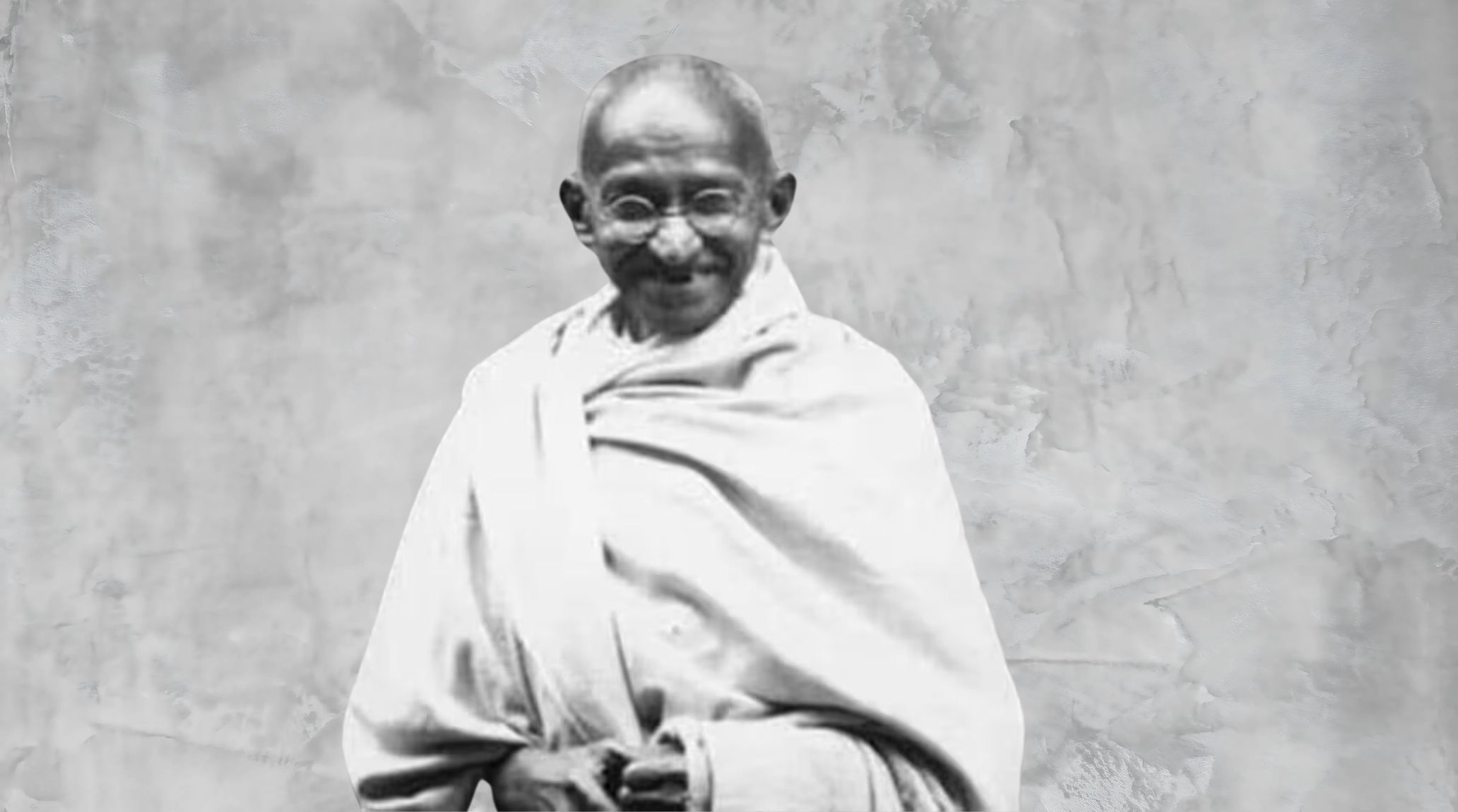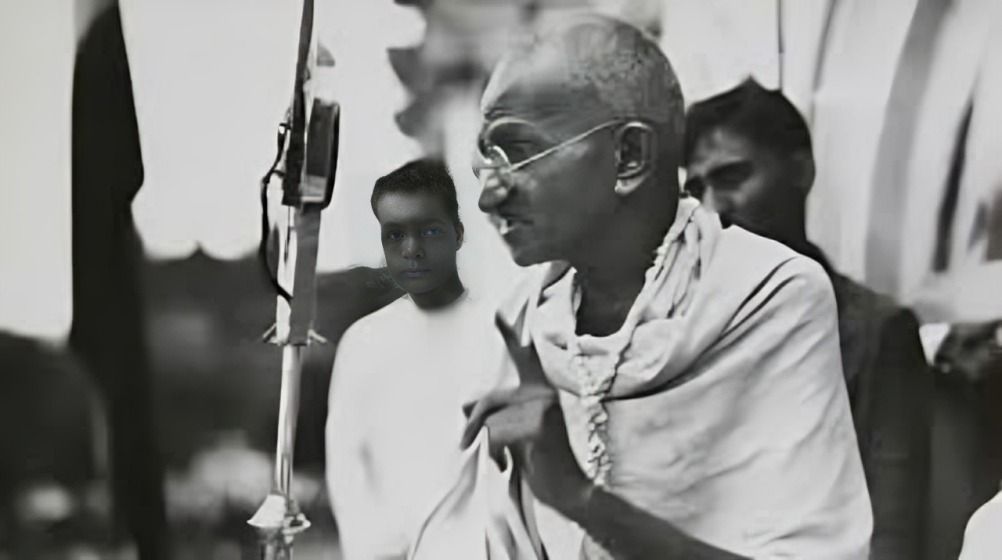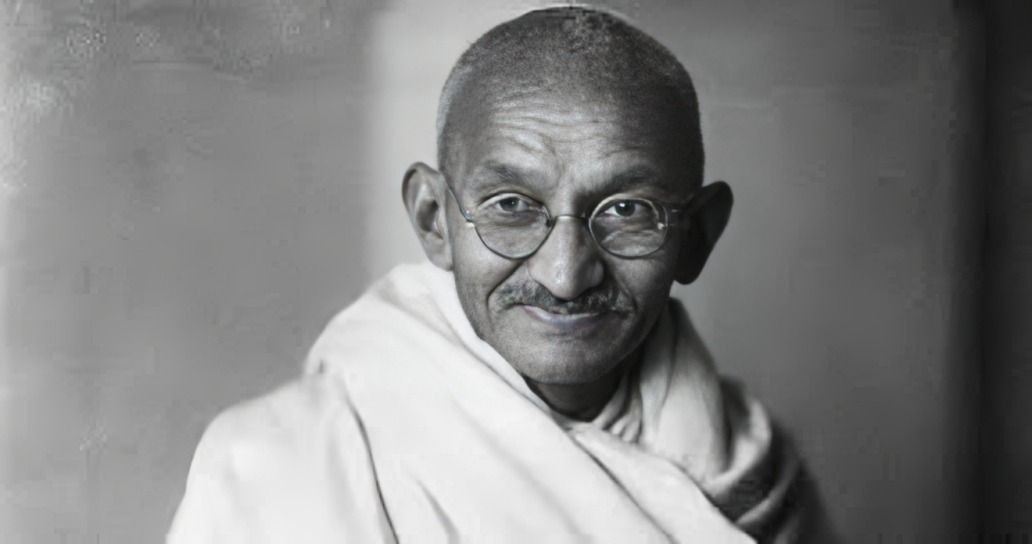
“
Mahatma Gandhi’s life is a testament to the power of peaceful resistance and moral conviction. Known as the "Father of the Nation" in India, Gandhi’s advocacy for nonviolence and his dedication to truth inspired movements for freedom, justice, and equality worldwide. His principles, shaped by his experiences in South Africa and India, remain relevant to those who seek change without violence. This article uncovers salient facts about Mahatma Gandhi, highlighting his journey, key achievements, and the values that shaped his legacy. 1
1
”
Mohandas Karamchand Gandhi, widely known as Mahatma Gandhi, was India's key political and spiritual leader. He led major movements like the Non-Cooperation Movement in 1922, the Salt March in 1930, and the Quit India Movement in 1942.1
Mahatma Gandhi pioneered the concept of satyagraha, or nonviolent resistance, during his struggle against racial discrimination in South Africa, laying the foundation for his later activism in India. 2
Gandhi led India’s independence movement through peaceful means, organizing mass protests, boycotts, and civil disobedience campaigns, ultimately weakening British rule and inspiring similar movements globally. 3
Gandhi studied law in London, adopting vegetarianism and exploring various religious philosophies, beginning his spiritual and moral journey toward nonviolence. 4

In South Africa, Gandhi transformed his experiences of racial injustice into a broader fight for civil rights, establishing the Phoenix Settlement to promote simple living and community welfare.
At thirteen, Gandhi married fourteen-year-old Kasturbai Kapadia in an arranged ceremony. He later recalled it as a simple event, marked by new clothes and sweets. They had five children, though their first baby died young. 5
Gandhi believed in the power of ahimsa (nonviolence) and considered it the foundation of true strength, inspiring many leaders, including Martin Luther King Jr. and Nelson Mandela. 6
Gandhi promoted self-reliance through the Swadeshi movement, encouraging Indians to boycott British goods and make their clothes, fostering unity and pride in Indian identity. 7
Gandhi wore simple, hand-spun clothes, often weaving his cloth, as a statement against British economic exploitation and in solidarity with India’s poorest citizens. 8

Known as "Bapu" (father), Gandhi’s deep empathy and humility endeared him to millions, who saw him as a moral and spiritual guide for India’s independence.
Gandhi shared a close friendship with Russian novelist Leo Tolstoy, whose writings on non-violent resistance deeply influenced him. 1909 Gandhi wrote to Tolstoy seeking guidance and wisdom on the subject.9
Gandhi was assassinated in 1948 by Nathuram Godse, a Hindu nationalist who opposed his ideals of tolerance and unity. His death was a profound loss to India and the world. 10
Gandhi's ashrams (communities), like Sabarmati Ashram, embodied his ideals of self-reliance, simplicity, and communal harmony, serving as training grounds for his followers in nonviolence. 11
He championed Hindu-Muslim unity, risking his life and reputation to prevent communal violence and promote peace, especially during India’s tense partition in 1947. 12

Gandhi is celebrated annually on October 2, his birthday, as the International Day of Nonviolence, reinforcing his legacy as a worldwide symbol of peace and justice.


